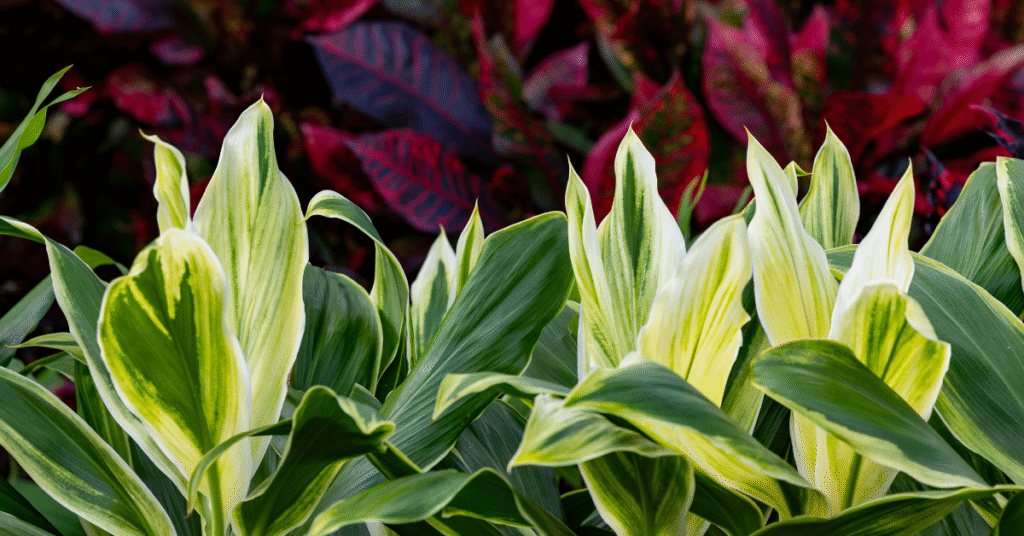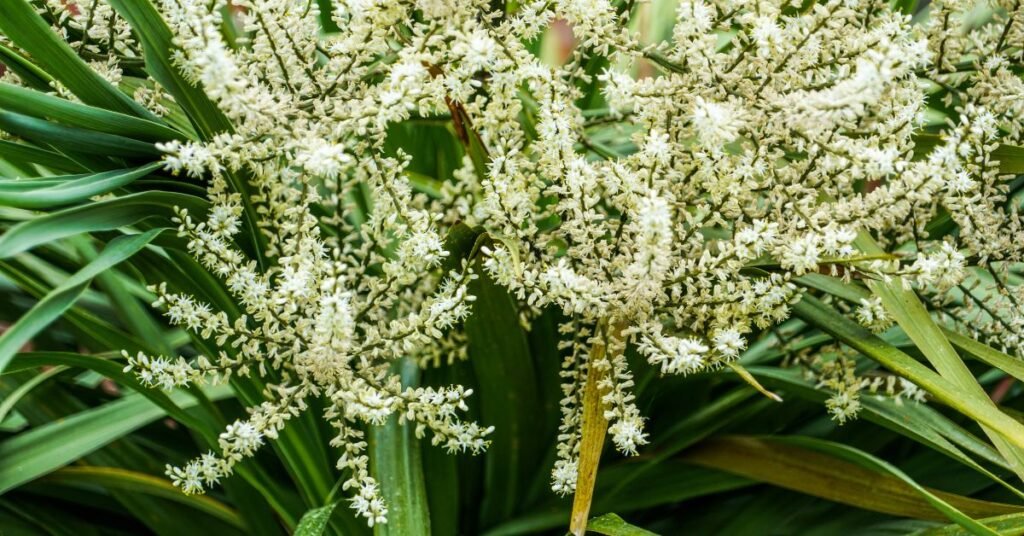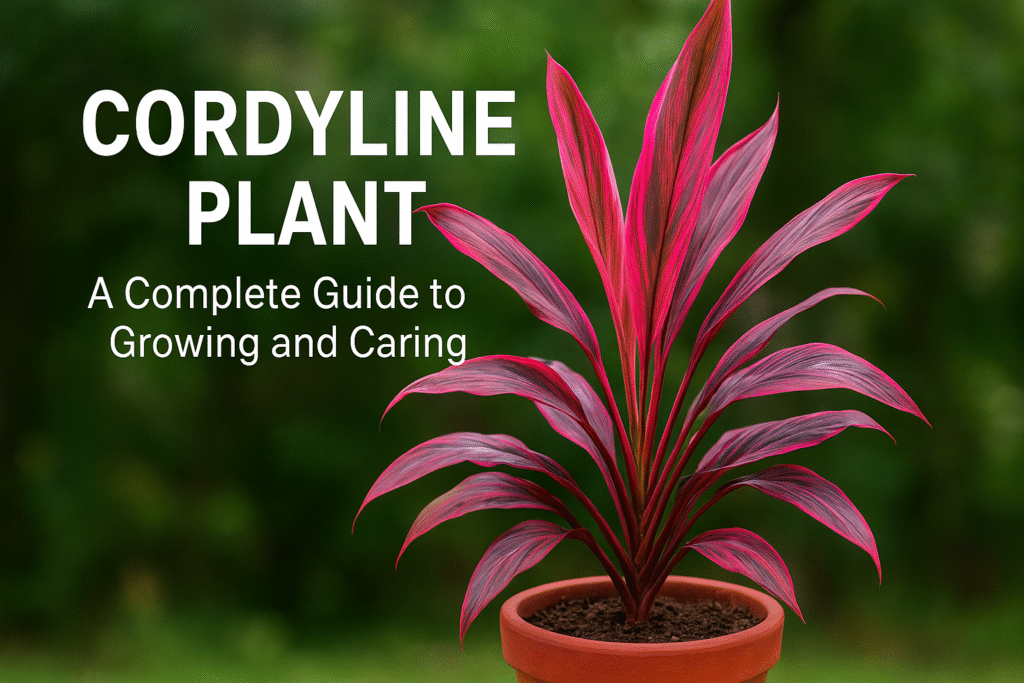The Cordyline plant, often admired for its vibrant foliage and tropical look, is a favorite choice for both indoor and outdoor gardens. Its colorful leaves — in shades of red, pink, green, and purple — bring a striking visual appeal to any space. Whether you are a beginner or an experienced gardener, this guide will help you understand everything about Cordyline plant care, growth, and maintenance.
Introduction to Cordyline
Cordyline is a tropical plant native to regions like Southeast Asia, Australia, and the Pacific Islands. Commonly known as “Ti Plant” or “Good Luck Plant,” it is a member of the Asparagaceae family. The plant grows as a shrub or small tree, reaching up to 10 feet tall in its natural environment. However, in pots or home gardens, it usually stays smaller, making it perfect for decoration.

Ideal Growing Conditions
To ensure healthy growth, Cordyline needs the right balance of light, temperature, and humidity.
Light Requirements
Cordyline plants thrive in bright, indirect sunlight. Too much direct sunlight can burn the leaves, while too little light causes dull colors. If you are growing it indoors, place the plant near a bright window with filtered light. Outdoors, partial shade works best.
Temperature and Humidity
These plants prefer warm temperatures between 18°C to 27°C (65°F–80°F). They are not frost-tolerant and can suffer damage in cold conditions. High humidity encourages lush foliage, so occasional misting or using a humidifier can be beneficial, especially during dry seasons.
Watering and Soil Needs
Cordyline plants love moisture but dislike soggy roots.
- Watering Frequency: Water the plant when the top inch of soil feels dry. In summer, this might mean watering two to three times per week, while in winter, once a week may be enough.
- Drainage: Always use well-draining soil. A mix of potting soil, perlite, and peat moss works perfectly.
- Avoid Overwatering: Root rot is a common issue caused by standing water, so ensure your pot has drainage holes.
Fertilizing and Feeding
Feed your Cordyline every four to six weeks during the growing season (spring and summer) using a balanced liquid fertilizer. Reduce feeding in fall and stop completely during winter, when the plant’s growth naturally slows down. Over-fertilizing can lead to leaf burn, so follow the instructions on the fertilizer label carefully.
Pruning and Maintenance
Pruning helps your Cordyline stay neat and encourages new growth.
- Remove yellow or brown leaves regularly.
- Trim leggy stems to maintain a compact shape.
- Use clean, sharp scissors or pruning shears to avoid plant stress.
You can also propagate Cordyline easily from stem cuttings — simply cut a 6-inch section, let it dry for a day, and plant it in moist soil. New shoots will appear in a few weeks.
Common Problems and Solutions
Like most tropical plants, Cordyline may face a few common issues:
- Leaf Browning: Usually caused by low humidity or fluoride in tap water. Use filtered water or let tap water sit overnight before using.
- Pests: Watch out for mealybugs, spider mites, and aphids. Wipe the leaves with a damp cloth or spray with neem oil to control infestations.
- Drooping Leaves: This can happen due to cold temperatures or underwatering. Move the plant to a warmer location and water regularly.
Repotting and Propagation
Cordyline grows slowly but may need repotting every 2–3 years. Choose a pot one size larger than the current one and refresh the soil. When repotting, check the roots and remove any damaged parts.
Propagation is simple — stem cuttings or division are both effective methods. Cuttings root quickly in moist soil or water, allowing you to grow more plants for free.
Indoor vs. Outdoor Growing
Cordyline performs beautifully both indoors and outdoors. Indoors, it acts as an elegant decorative piece with its colorful leaves. Outdoors, it adds a tropical flair to gardens, patios, or poolside areas.
If growing outdoors, protect the plant from strong winds and direct midday sun. In colder regions, it’s best to bring the plant indoors during winter.

Varieties of Cordyline
There are several stunning varieties of Cordyline, each with unique colors and patterns. Popular types include:
- Cordyline fruticosa ‘Red Sister’ – striking pink and burgundy leaves
- Cordyline australis ‘Red Star’ – tall plant with sword-like red leavesCordyline terminalis ‘Ti Plant’ – glossy multicolored foliage
- Cordyline ‘Pink Diamond’ – bright pink and green variegated leaves
Each variety brings a touch of tropical elegance to your garden or home decor.
Benefits of Cordyline Plant
Besides its decorative appeal, Cordyline offers several benefits:
- Air purification: Helps remove toxins from indoor air.
- Aesthetic beauty: Adds color and texture to dull spaces.
- Low maintenance: Requires minimal care once established.
- Cultural symbolism: In Hawaiian tradition, it’s believed to bring good luck and protection.
Final Thoughts
The Cordyline plant is a perfect choice for anyone who loves vibrant, colorful foliage with minimal care needs. With the right balance of light, warmth, and watering, this tropical beauty can thrive for years. Whether placed indoors as a statement piece or outdoors to enhance garden aesthetics, Cordyline will reward you with lush growth and eye-catching leaves.

